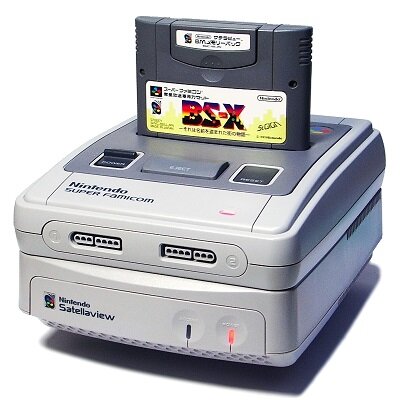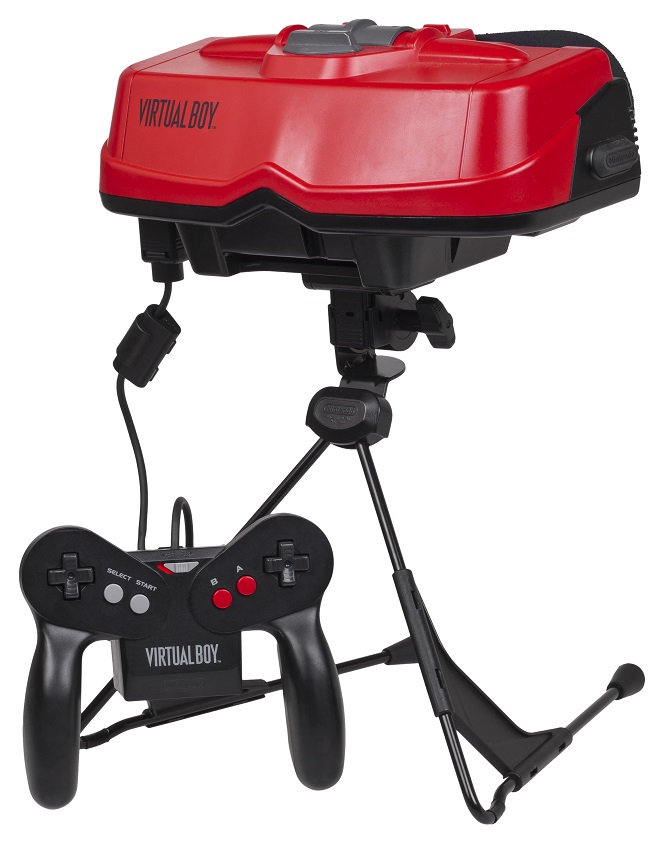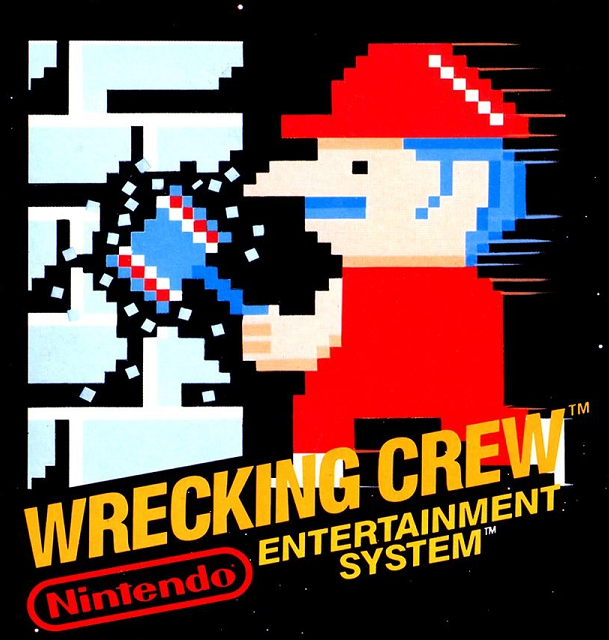Color TV-Game 15 featuring a Pong clone.
Today we'll be covering another one of Nintendo's R&D divisions: Nintendo Research & Development No. 2 Department (commonly abbreviated as "Nintendo R&D2")! R&D2 focused on hardware development and porting software: let's take a look at their legacy!
After R&D became too big for its britches in the late 1970’s, Hiroshi Yamauchi (Nintendo president at the time) split it in two, forming R&D2 and re-designated the original team "R&D1".
Nintendo R&D2 was managed by Masayuki Uemura, (designer of the NES and developer for Nintendo's older lightgun games) up until 2004 when he retired from the company. Prior to his work at Nintendo, Uemura worked at Sharp Electronics and credits his experiences there helping him produce the hardware he designed at the big N.
Color TV-Game 15
Some of the earliest products to come out of R&D2 were Color TV-Game 6 and Color TV-Game 15 (both released in the late '70s). Color TV-Game 6 was a dedicated Pong clone console with 6 different variations built into it (such as Soccer). You could argue that Color TV-Game is the first Nintendo home console, it predates the Famicon by a good 6 years. Though it was derivative of Atari's product and not even the best Pong clone on the market, this experience allowed Nintendo to get their feet wet with home consoles.
In the '80s, Nintendo R&D2 mostly focused on hardware development. Under Uemura's direction, The Family Computer was developed (nicknamed "the Famicom"). For the American market, the Famicom was redesigned as the Nintendo Entertainment System as there were concerns from upper management that the Famicom's design was too foreign for the rest of the world. Uemura came up with the VHS-like design of the NES.
The NES version of Donkey Kong was developed by R&D2.
R&D2 did not shy away from software development: they created the ported versions of Donkey Kong and Donkey Kong Jr. for the Famicom/NES in the mid-1980s. R&D2 also offered developmental support for Ice Hockey on the NES. NES Open Tournament Golf was their final NES game.
In the late '80s and going into the '90s, the Super Famicom, Super Nintendo Entertainment System and Satellaview were developed at R&D2. Super Nintendo Entertainment System was the last console they designed; Satellaview was their final peripheral.
Marvelous: Another Treasure Island
In the mid-'90s, R&D2 returned to software development. their Japan-only 1996 release Marvelous: Another Treasure Island for the Super Famicom was the first game directed by Eiji Aonuma. Marvelous was a Zelda-like game made on the same engine as A Link to the Past; Aonuma would later go on to direct several of the 3D Zeldas and would serve as somewhat of a gatekeeper for the series. Their final Super Famicom game was Sutte Hakkun, a co-production between R&D2 and indieszero Corporation, Ltd (who would later make the NES Remix game series). Sutte Hakkun a puzzle platformer very much like Lup Salad or Umihara Kawase; the game was not released outside of Japan.
Sutte Hakkun
Aside from acting as developmental support for Kirby Tilt n' Tumble, and co-developing the Japanese-only Koro Koro Puzzle, R&D2 would spend most of their remaining days porting classics to handhelds: Super Mario Bros. DX, the Super Mario Advance remake series and co-developed Link to the Past/Four Swords for Game Boy Advance alongside Flagship. These were high-quality console-to-handled conversions that opened up classic Nintendo games to a new generation of gamers who might not have played an NES or SNES.
Following a corporate restructuring and Uemura's retirement, R&D2 was succeeded by Nintendo SPD in 2004/2005. Their final game before they closed shop was Super Mario Advance 4.
Though their catalog of games was small, Nintendo R&D2 was a major contributor to the world of video games legacy: we would not have had the NES or SNES without them. Stay tuned for the next part of the series were we cover R&D3: Integrated Research & Development!





























